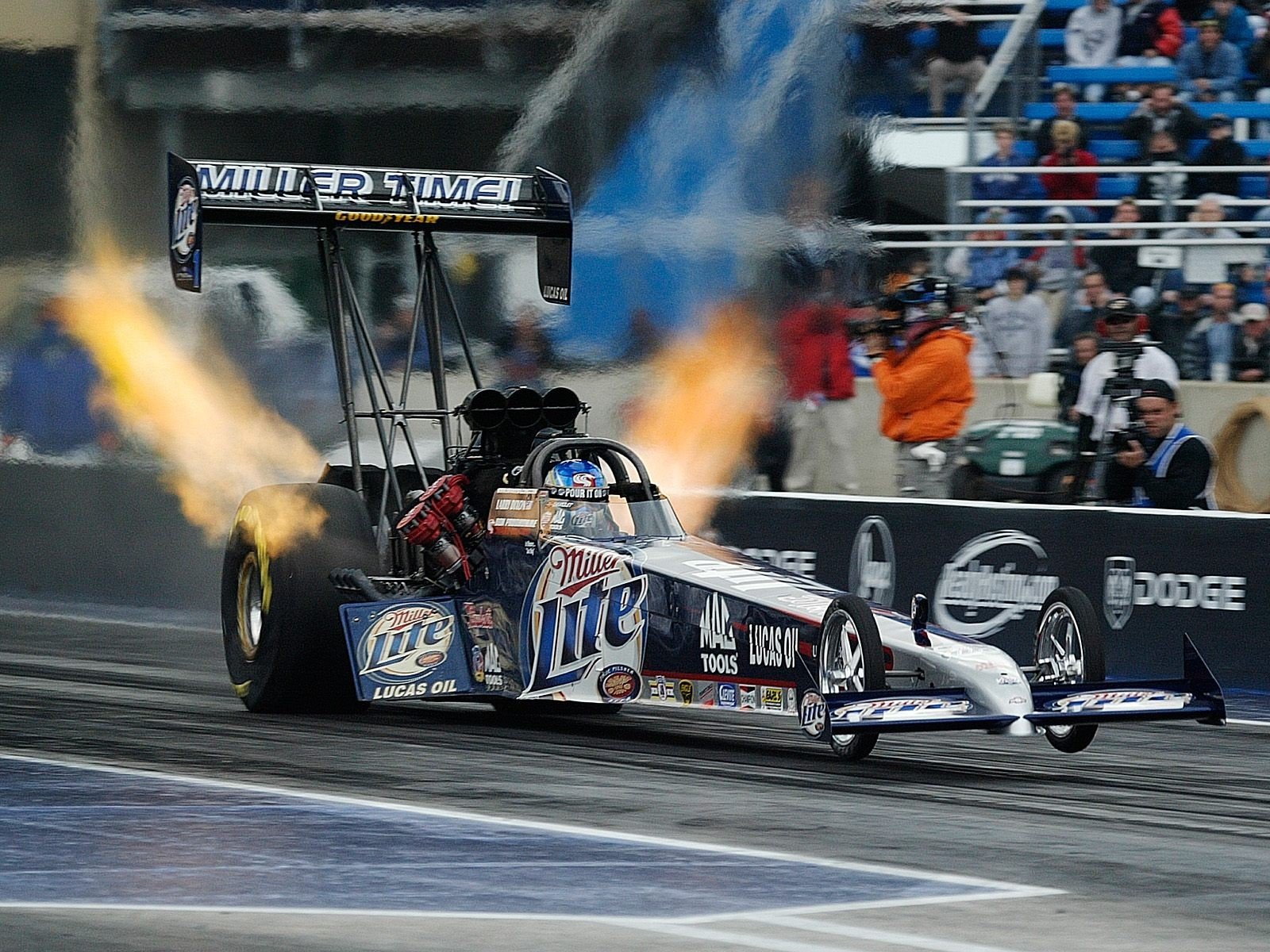

It’s everything Pro Mod used to be, the Pro Street shootouts of yesteryear, and today’s technological wizardly all wrapped up into one cool package.

The result is a helping of everything: Chevrolet Novas, Camaros, and Corvettes, Fox-body Mustangs, Cadillacs, ’57 Chevrolets, a Lexus, a Ford Probe, and plenty more. It requires the factory roof and quarter panels native to the vehicle make and model, limits wheelbase modifications to just three-inches, and mandates all body lines appear factory. The “Street Outlaws No Prep Kings” series, the highest-profile program in the country for big-tire cars, strictly forbids long, sleek, composite Pro Modified-style racecars that represent production vehicles in name alone, instead providing fans with cars that look a lot like something they could build - or may even have in their garage at home. And it bucks many of the trends of its ancestors, suggesting it may be the most superior concept the sport has stumped upon yet. While each of these categories and subcategories has been supremely successful and lucrative for a time, each has eventually arrived at the same place: dominance by a select few, exorbitant costs to build highly-specialized cars, and overly refined to the point that the initial out-of-control, risky, and dangerous aura that made them immensely popular in the first place withered away.Įach step in this expedition has incrementally aimed to limit traction a little more over its predecessor, and really, no-prep was just the next logical place long this path. Later, those two worlds converged into the Radial versus The World category, and a whole host of other radial-specific eliminators were spawned along with it. It started with Outlaw 10.5 and true 28×10.5 slick-tire competitions in the mid-’90s around the same time, racers were beginning to toy with the early BFGoodrich drag radials. But refinement comes with costs: enormous expense, less parity between the ‘haves’ and ‘have-nots’ and the subsequent rise and fall of participation, and racecars we can hardly relate to.ĭrag racing has been on an expedition for the last three decades to find a product with staying-power wherein traction - or rather, the lack thereof - can serve as the great equalizer.

No doubt it’s been a hell of a ride - 300 miles per hour, five-second street cars, 3.4-seconds on drag radials, and on and on - and we’re far from done. In the decades since, every facet of the tracks and the cars have been refined to a point of highly diminishing returns. As early as the 1960s, compounds designed to aid traction came about, tires with a purpose were invented, and the era of quarter-mile-long roostertails of tiresmoke gradually faded into but fond memories to those who were fortunate to live it.
#LONG DRAG RACE CAR DRIVER#
The machines were important, but the driver was a central decider in winning or losing. In drag racing’s earliest days, stiff, narrow truck tires were standard fare as racers competed on makeshift and often harsh surfaces. And it also meant borrowing inspiration from a place that provoked the creation of organized drag racing all those years ago and remains to this day the very antithesis of such: street racing. And all it took was the unraveling of some five-plus decades of progress in racetrack preparation, in chassis and suspension and tire development and timing system technology to arrive at its creation. Of course, no disrespect is meant to other, more established venues and classes within the sport - all have their qualities, their strengths and weaknesses and significance to the sport, and no-prep racing is by no means perfect, but it may be the closest thing we have to a drag racing utopia in the modern age. Only one arena in drag racing delivers on most of those qualities. What characteristics of drag racing are fans (and racers) continually longing for and preaching the sport desperately needs? Things like real, relatable cars. I’m running contrary to popular opinion here, but hear me out on this.


 0 kommentar(er)
0 kommentar(er)
